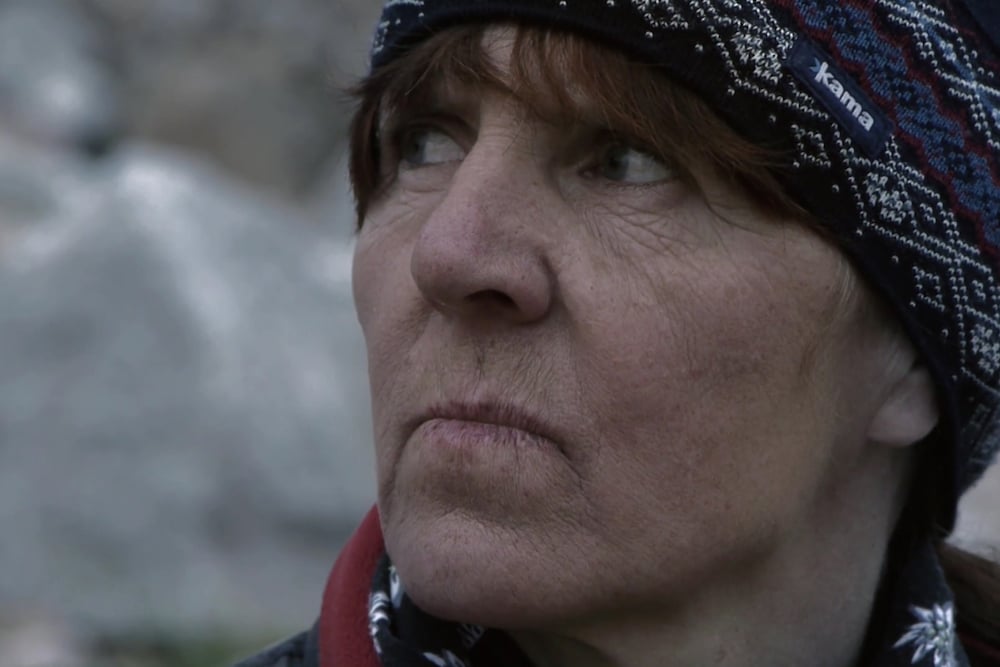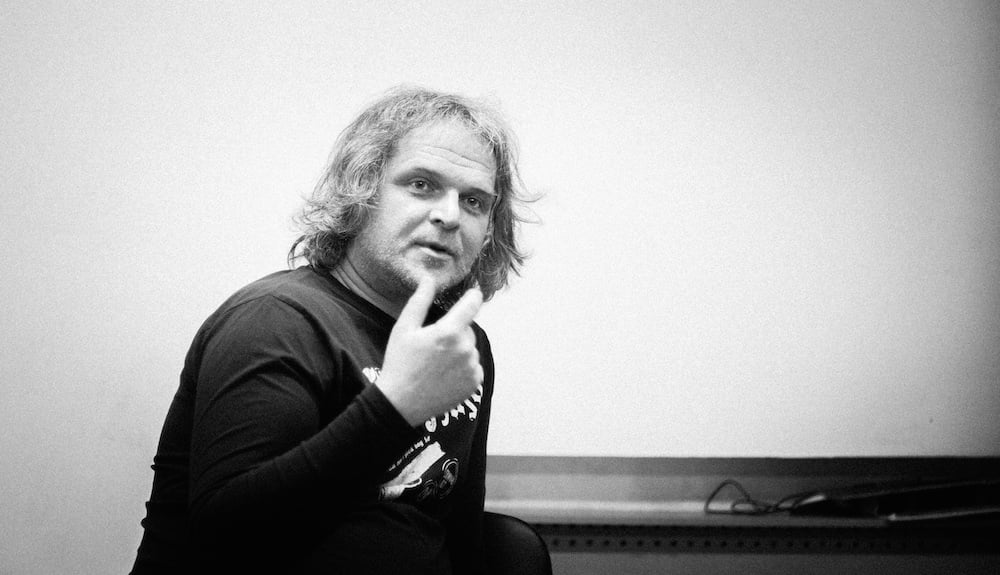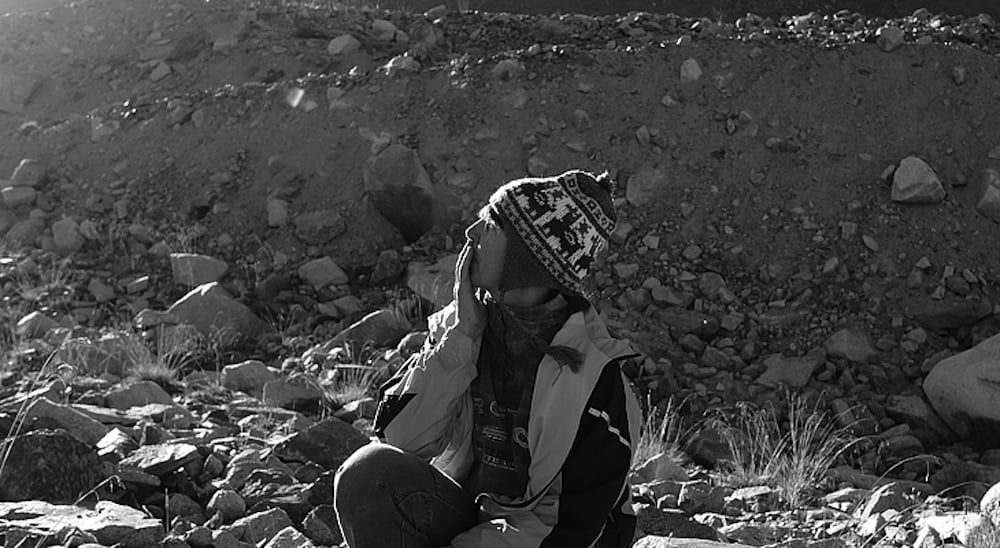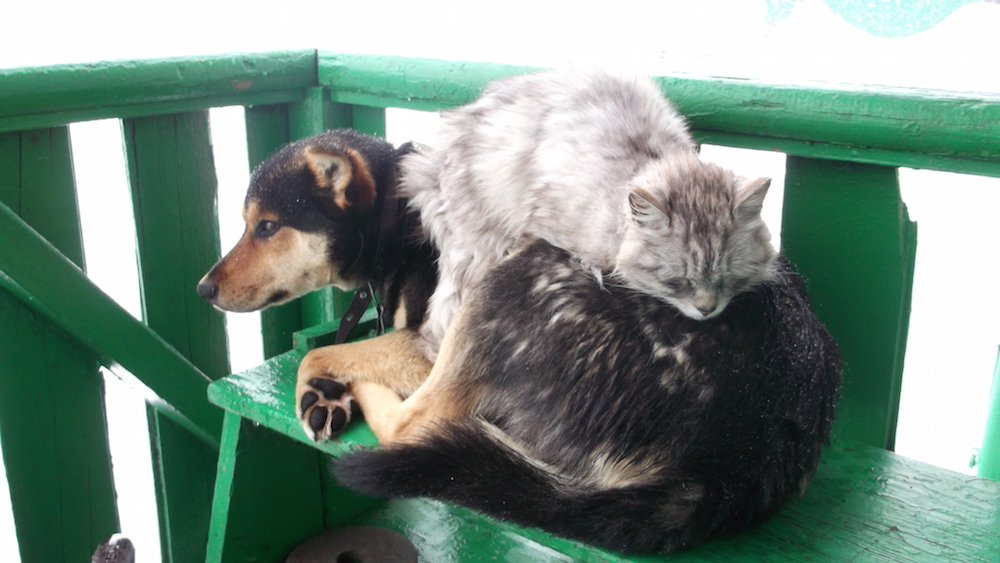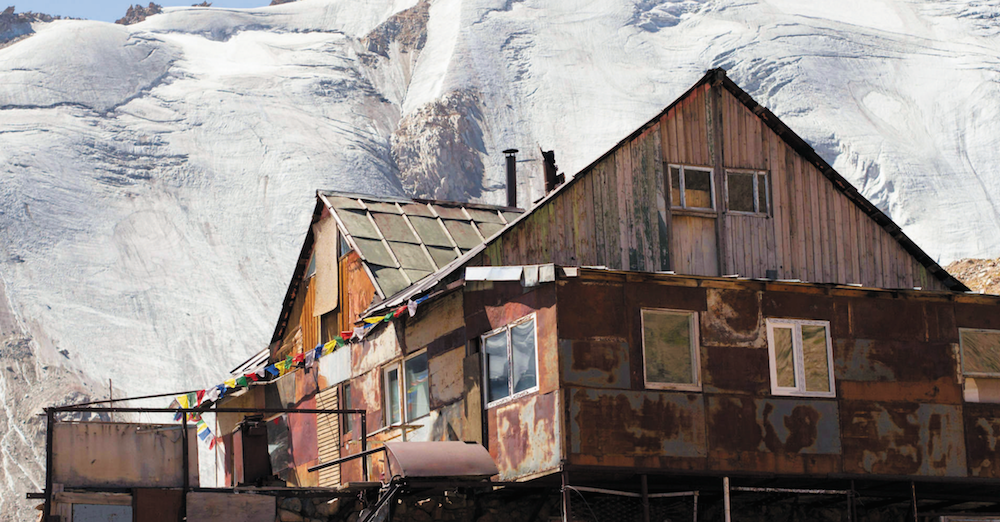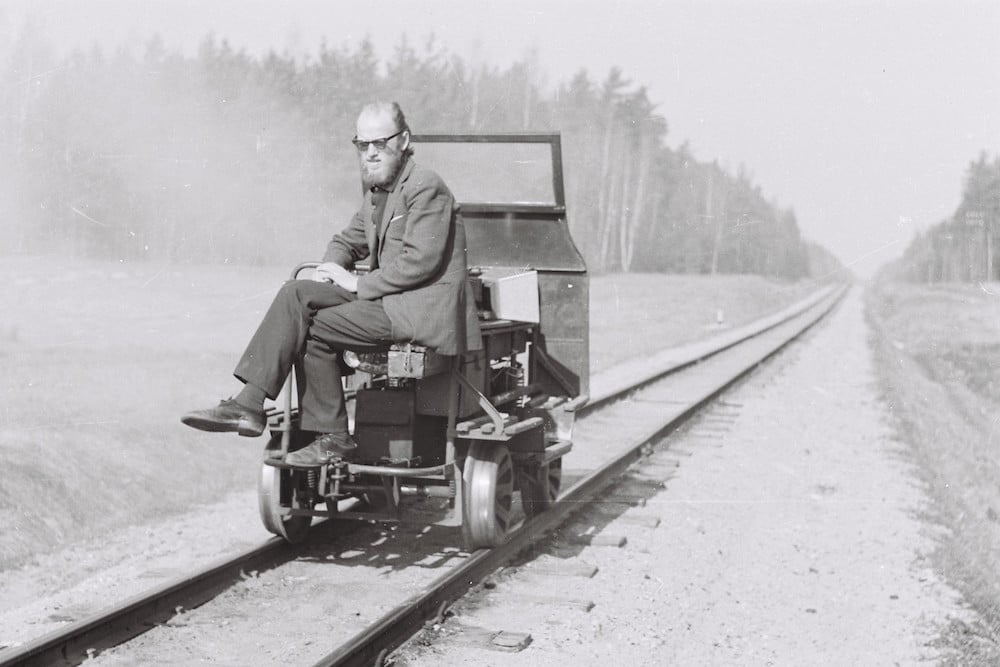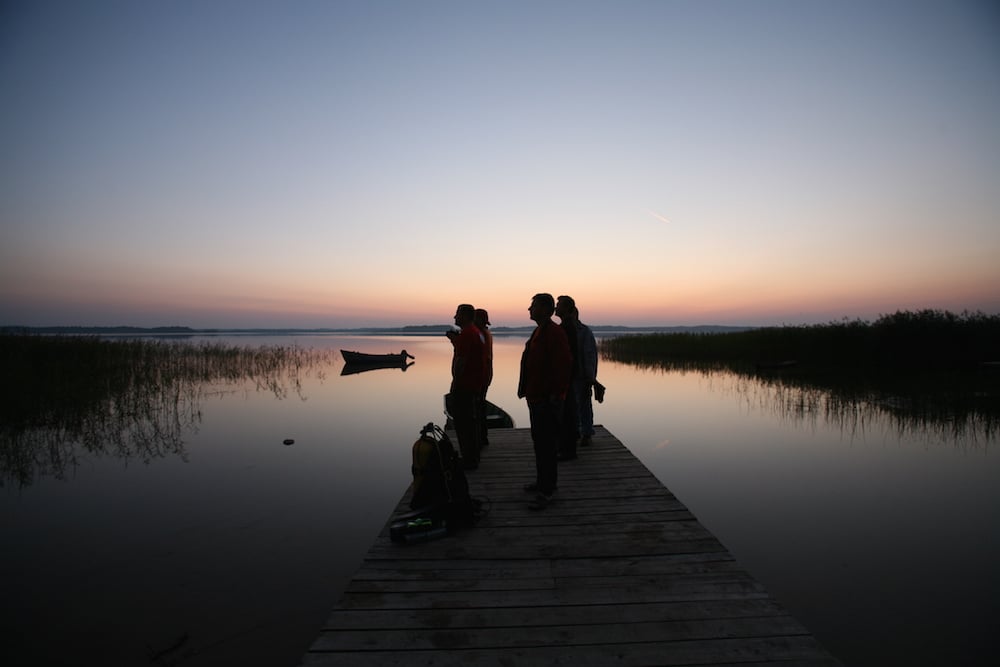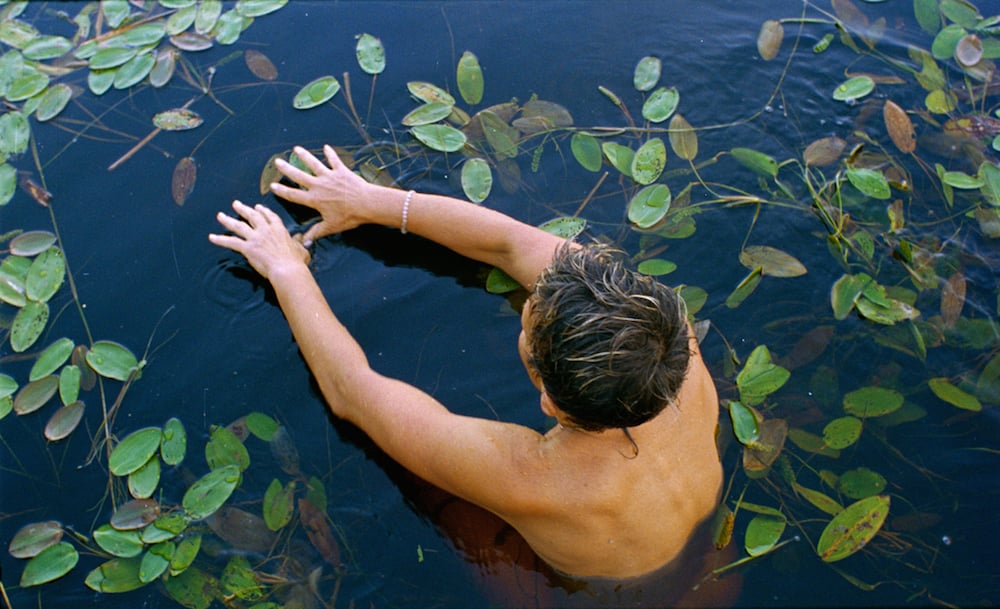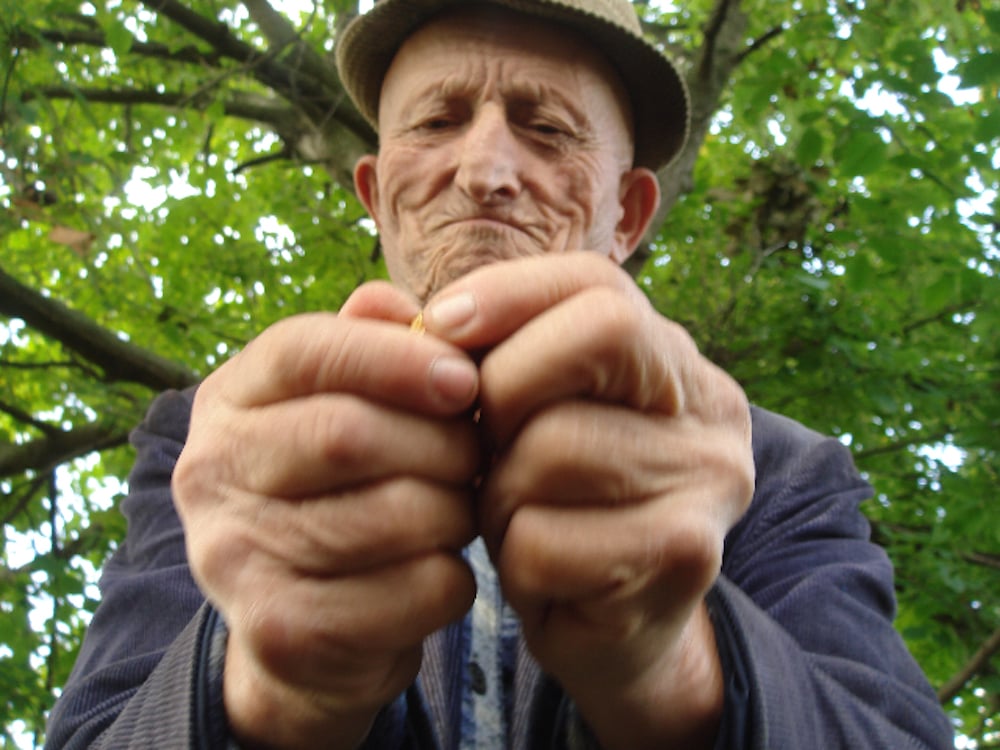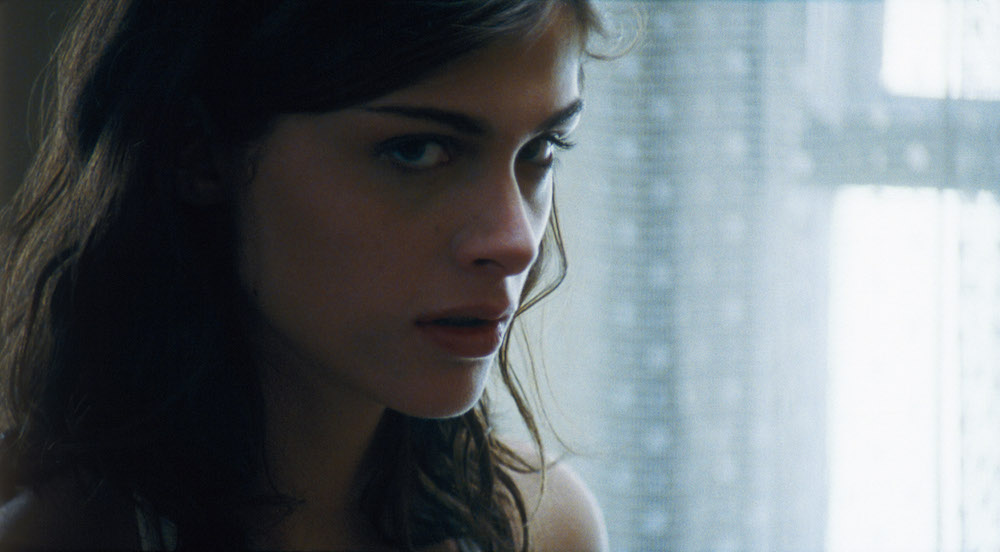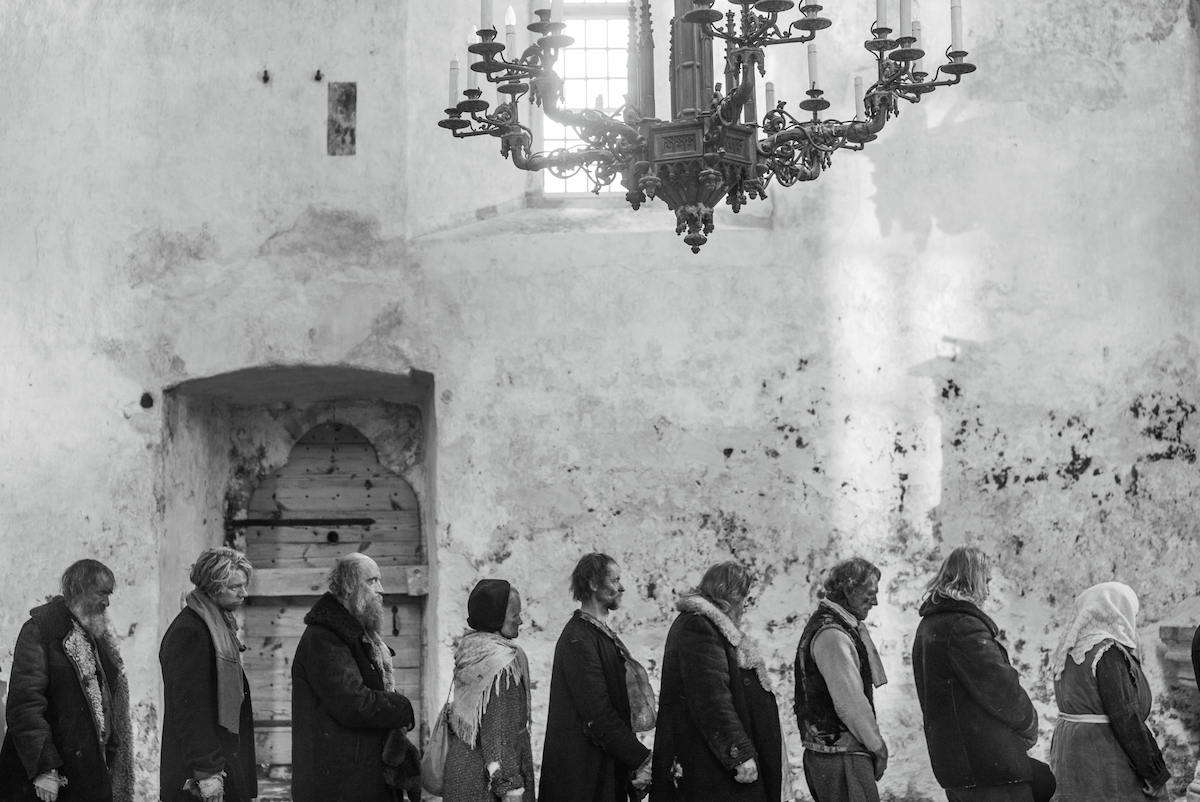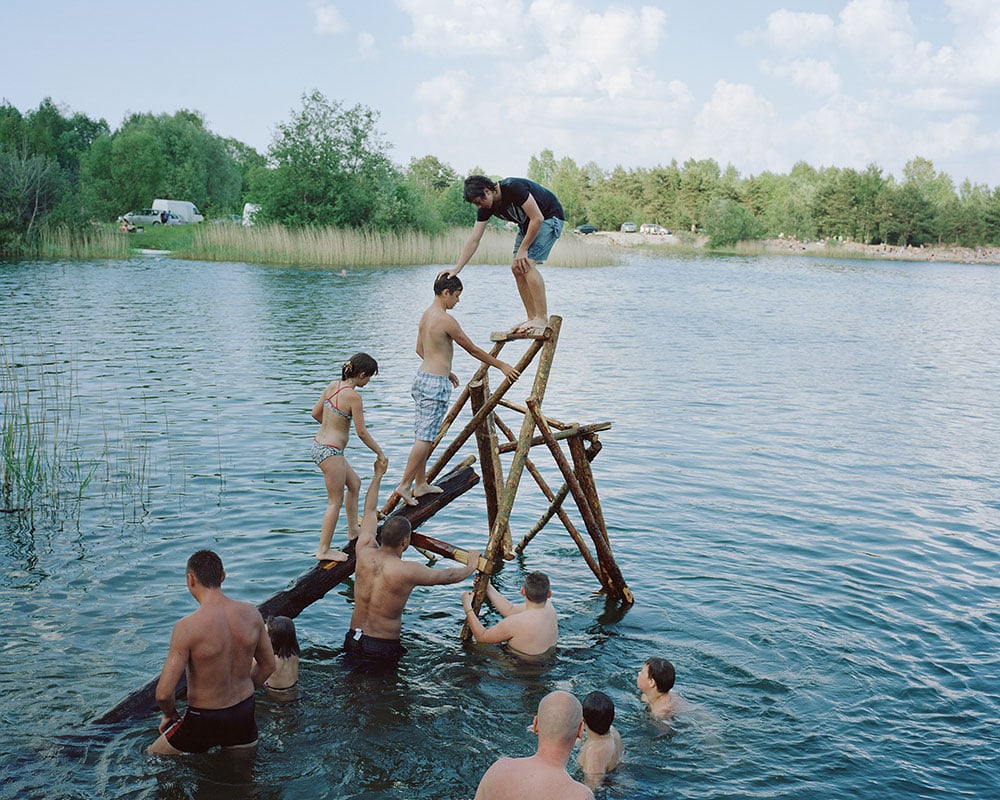The Woman and the Glacier: Audrius Stonys and the art of Baltic documentary film

Lithuanian veteran Audrius Stonys's award-winning new film, The Woman and the Glacier, is a stunning meditation on time and nature. Carmen Gray speaks to the director about his vision and the Baltic school of "poetic documentary" that he represents
At a research outpost high up in the mountains of Kazakhstan, a Lithuanian glaciologist has lived for more than 30 years, measuring shifts in the frozen landscape around her and sending her findings back to a control station in Almaty. Aušra Revutaite’s solitary existence is captured with next to no dialogue in The Woman and the Glacier, the latest film from Audrius Stonys, which won a top award in April’s Vilnius International Film Festival.
The silent rhythms of Revutaite’s hermetic life are a natural subject for the director. Since he started making films in 1989, he’s been a leading light in the Lithuanian school of poetic documentary, which trusts images to be truthful without the need for words, allowing them to grant access to some deeper essence that lies beyond the mere telling of stories. We spoke to Stonys last month on the eve of the film’s screening in Switzerland, where it closed Nyon’s prestigious Visions du Réel festival, about his work and how it fits into a wider legacy of filmmaking in the Baltic region.
“If you already know something, why make a film about it?” Stonys has often contended, and the sentiment couldn’t ring truer with this latest undertaking. Given the difficulty of reaching Revutaite’s hut in the Tian Shan range, Stonys couldn’t make a prior visit to ensure his welcome and the conditions there, but just had to turn up with his team ready to shoot. He’d had to imagine Revutaite’s relationship with her surroundings to write the funding proposal – assumptions she later wryly informed him had been less than 10% accurate. “My first idea was to make a film about a fragile woman and solid, eternal mountains,” he said. “But in reality I saw that she was very strong and the mountains are a very fragile system. They seem to not move but it’s not true, they’re changing all the time. It is a fata morgana.”
I saw that she was very strong and the mountains are a very fragile system. They seem to not move but it’s not true, they’re changing all the time
With only a play-fighting dog and cat for company, Revutaite’s existence is far removed from the frenzied rhythms and aspirational frameworks of urban civilisation. It hints at an older, more primal sense of belonging, the cyclical continuity of which is reinforced in the film by Soviet-era archival footage of those who came to the mountain to do the same task before her. There’s poignant tension to our realisation that this quiet realm is, however, no land outside time. From rock slips to melting ice, the changes Stonys captures in the natural environment insist that nothing lasts forever; a state of transience which we know climate change and aggressive tourism that vows to leave no stone untouched will only exacerbate.
Stonys considers “fighting against time” to be the essence of all cinema. He often explores what time’s passage does to us all, believing that a change to life’s rhythms can reveal its essence. With no narrator to interpret what we see, the focus is on Revutaite’s quiet movement through the mountain terrain, and its own mutations. A cave of shimmering ice formations, for instance, is akin to science fiction in its breathtaking strangeness.
Silence for Stonys is “not a hole in a soundtrack”, but a “space for imagination and contemplation”. For him, cinema is a medium not to entertain or inform but to reveal wonder. This notion has roots in his teacher Henrikas Šablevičius, who developed a poetic language in his films from the 1970s onward, and in Russian master Andrei Tarkovsky, who intuitively searched for a spiritual essence through images. “I have a very complicated relationship with words in film,” says Stonys. “It’s an art where the images should speak. Words are for journalism, for literature. Cinema can survive without them.” He attributes this rejection of a dialogue-based cinema in part to a distrust of words which he inherited from the propagandistic Soviet times. “But in the case of Aušra it was a very natural choice because she does not speak to anybody,” he says. “And if she does not speak with anybody, why should she speak with me?”
Stonys has always been drawn to making films about people who create their own worlds and have what he calls a “vertical dimension” to their soul: an urge to rise beyond earthly concerns. Aptly named Antigravitation, his stunning 1995 short shows an old woman who climbs a vertiginously steep ladder onto the church roof in a village in the snow-coated countryside. His Earth of the Blind (1992), a metaphysical take on the inner life of the sightless, was named Best Documentary at the European Film Awards and is also a short – a common format for Lithuanian documentary, due to the difficulty of securing funding for filmmaking in the post-independence ‘90s.
Documentary is now focused on current events, politics and why this or that happened. It’s not concerned with eternal questions
Stonys shares this preoccupation with transcendence and levitation with his similarly acclaimed compatriot and sometime collaborator Arūnas Matelis, whose Sunday. The Gospel According to Liftman Albertus (2003) wryly depicts the routine of an elevator attendant, and whose Before Flying Back to the Earth (1998) observes children with leukaemia in Vilnius Paediatric Hospital as if they were at a cosmic station along some spiritual migration.
Stonys’s upcoming film Baltic Wave, co-directed with Kristine Briede (with Matelis also attached as a writer), is set to be ready for March next year. It will be a portrait of documentarians from Lithuania and its neighbours Latvia and Estonia, such as Uldis Brauns, Robertas Verba and Andres Sööt, who broke with the rigidity of Soviet propaganda to create their own more poetically inclined worlds apart from the fake reality the state expected of them. “This generation of the ‘60s and ‘70s that is vanishing shaped our film language and my life, so it’s a very personal film for me,” says Stonys. “But more than that, they made a type of films that is disappearing. We see fewer films that try to speak about the soul and raise important questions about death, life and consciousness. Documentary is now focused on current events, politics and why this or that happened. It’s not concerned with eternal questions. I was interested in whether you can see any trace in the new generation, and what we will miss when we lose these directors.”
